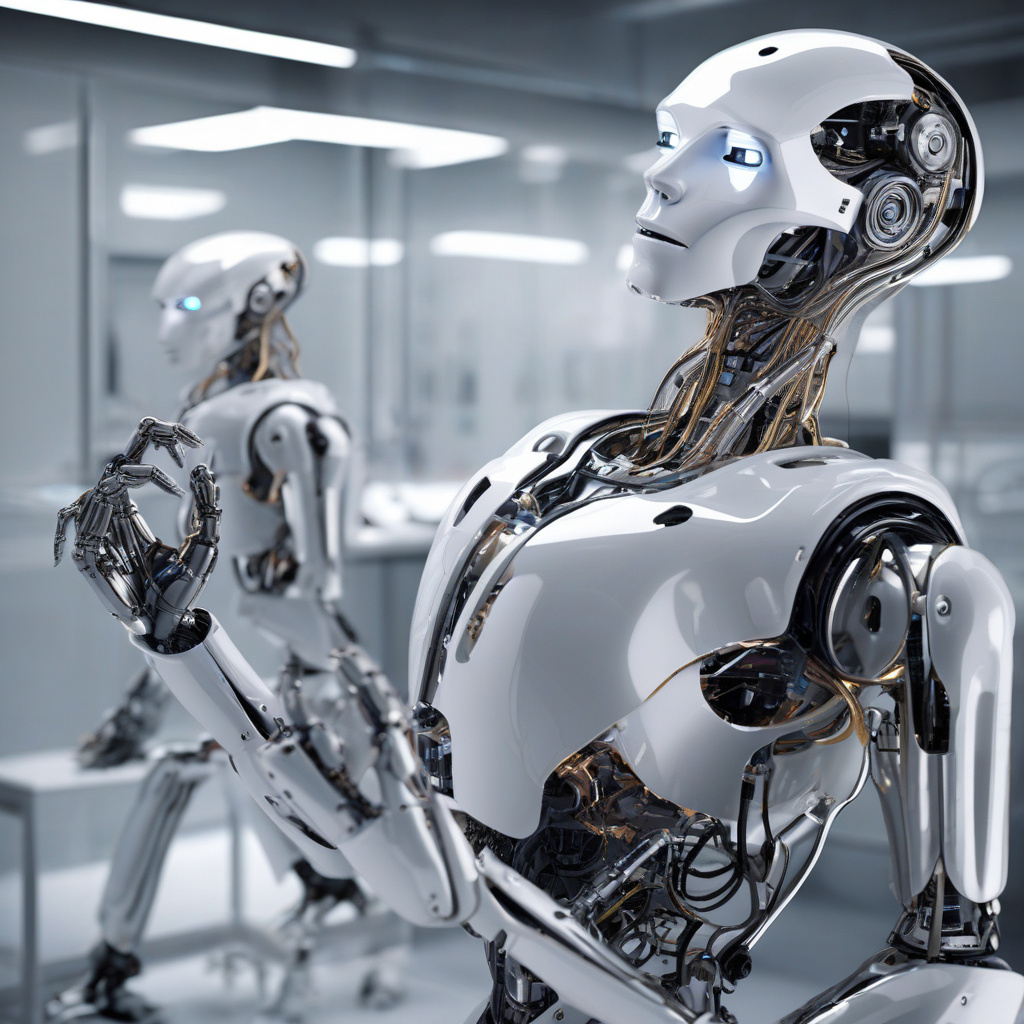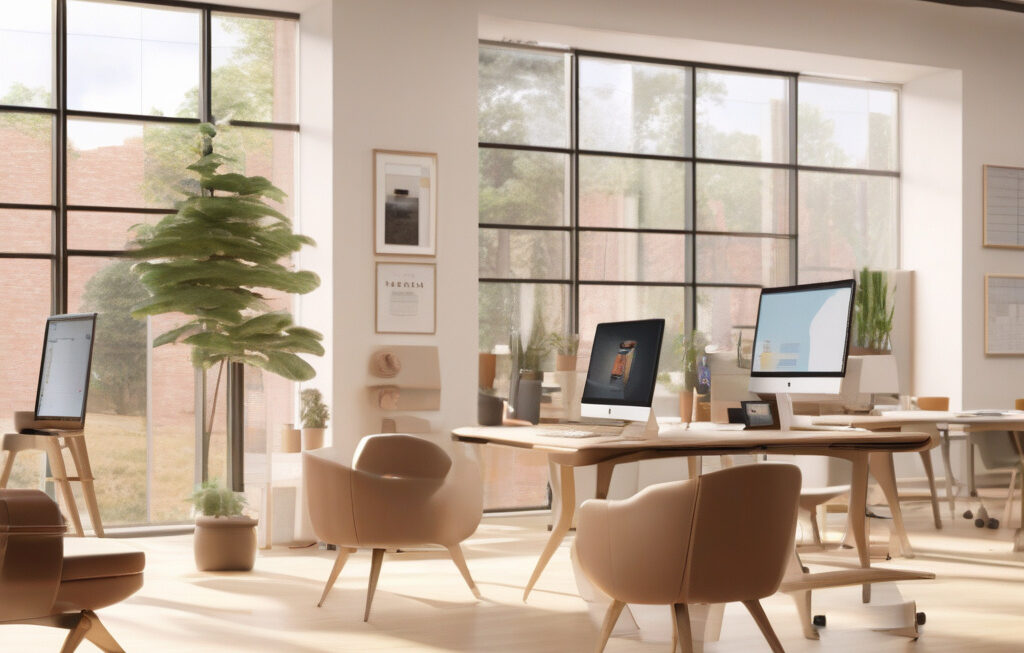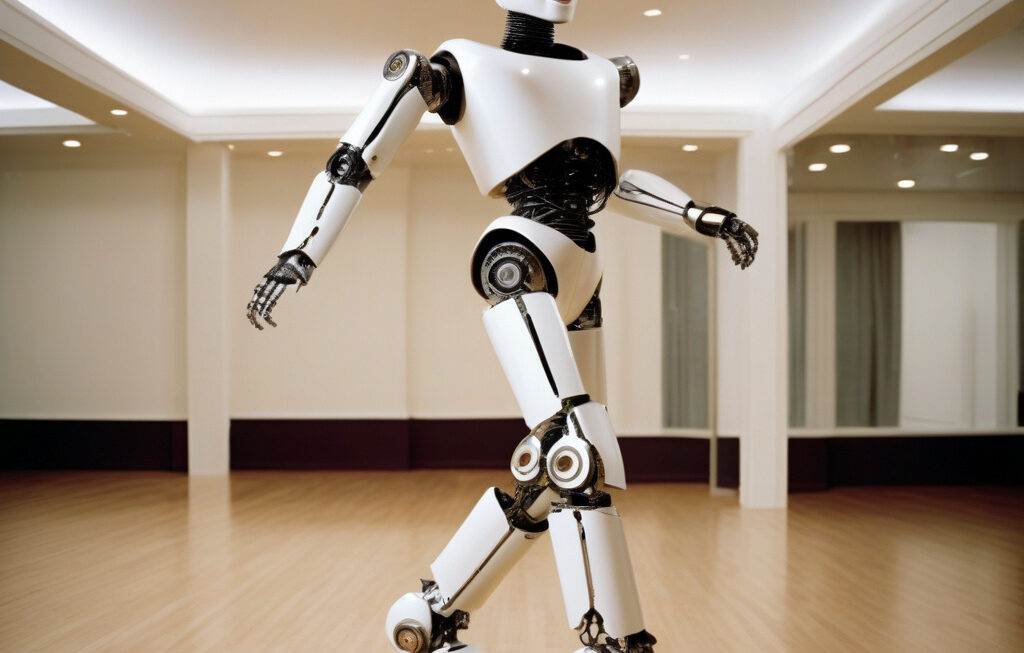Robots Can Now Feel the Difference Between a Pat and a Punch with New Artificial Nerves
In the ever-evolving landscape of robotics, a groundbreaking development has emerged from the Korea Advanced Institute of Science and Technology (KAIST). The prestigious institution has unveiled a neuromorphic semiconductor-based artificial sensory nervous system that enables robots to differentiate between a gentle pat and a forceful punch. This technological advancement marks a significant leap forward in the field of robotics, bringing machines closer to human-like sensory capabilities.
The artificial sensory nervous system developed by KAIST mimics the human nervous system, allowing robots to discern varying levels of pressure and touch. This innovation is a crucial step towards enhancing the interaction between humans and robots, making it safer and more intuitive. With the ability to differentiate between different types of touch, robots equipped with this technology can better understand their environment and respond accordingly.
One of the key advantages of this artificial nervous system is its potential to improve safety in human-robot collaborations. By being able to distinguish between a pat on the back and a harmful punch, robots can adjust their responses to ensure the well-being of their human counterparts. This level of sensitivity and discernment is essential in scenarios where robots and humans work closely together, such as in manufacturing plants or healthcare settings.
Moreover, the implementation of artificial nerves in robots opens up new possibilities for the development of assistive technologies. With the ability to feel and interpret touch, robots can assist individuals with disabilities in a more personalized and empathetic manner. For example, a robot caregiver equipped with this technology can provide gentle assistance to elderly individuals, offering support and companionship while ensuring their safety.
The impact of this technological advancement extends beyond the realm of robotics, with potential applications in various industries. For instance, in the field of prosthetics, artificial nerves could revolutionize the design of robotic limbs, allowing users to experience a sense of touch and pressure. This could significantly enhance the quality of life for amputees, enabling them to perform everyday tasks with greater ease and dexterity.
As we move towards a future where human-robot interactions are becoming increasingly common, the development of artificial sensory nervous systems holds great promise. By bridging the gap between man and machine, this innovation paves the way for a new era of collaboration and cooperation. With robots gaining the ability to feel and respond to touch, the possibilities for innovation and advancement are truly limitless.
In conclusion, the unveiling of KAIST’s neuromorphic semiconductor-based artificial sensory nervous system represents a major milestone in the field of robotics. By enabling robots to differentiate between different types of touch, this technology enhances safety, fosters empathy, and opens up new opportunities for assistive technologies. As we continue to push the boundaries of technological innovation, the integration of artificial nerves in robots brings us one step closer to a future where man and machine can coexist harmoniously.
#Robotics, #ArtificialNerves, #KAIST, #Innovation, #HumanRobotInteraction












